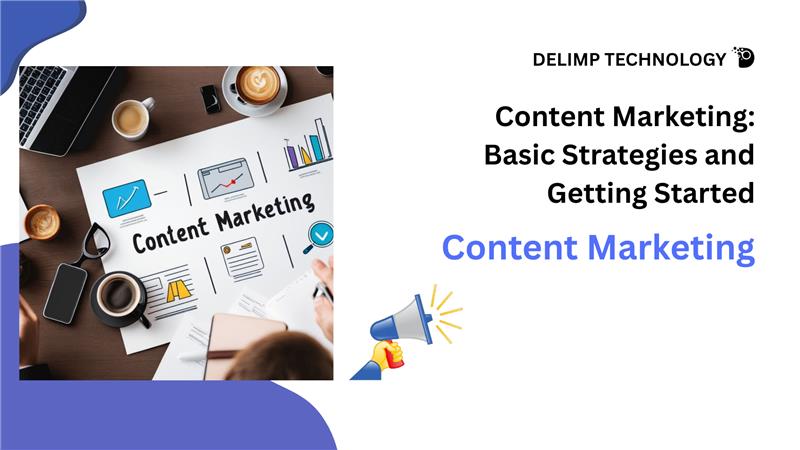So, if you want to run online advertisements, Google Advertisements is a terrific place to start. After all, the platform’s reach is unparalleled, and it has been fine-tuned over the years to be tremendously effective and simple to use. Even if you have a limited budget and simply want to test the waters, Google Ads is a good place to start.
So, to assist you in getting started and gaining momentum with your Google Ads Campaign, we have compiled a list of 10 recommendations for you to consider.
1. It starts With A Budget
The finest piece of advice you can get for your Google Ads Campaign is to set a firm budget before you begin. So, with a budget in place, you’ll be able to build your campaign in such a manner that you may test advertising and investigate markets while keeping your expenditure under control. So, if you don’t know how much money you have to spend, you’ll be flying blind when it comes to campaign structure. A keyword research tool, such as Google’s Keyword Planner, is an excellent place to start. As a result, the tool will provide you with a good understanding of the cost and competition to reach your target demographic in Google Search.
2. Set Clear Campaign Goals
Along with establishing a budget early on, you should establish specific goals for what you want your advertisements to accomplish. Are you attempting to create sales or merely raise brand recognition and get prospects to the top of your funnel? So there are two very distinct goals that will necessitate quite different approaches to attain success. To guarantee that your objectives are linked to conversion activities in your Google Ads account and that the actions are appropriately tracked. As a result, you will be able to more accurately measure the ROI of your advertising expenditure.
3. Spend Time On Ad Copy
So you can never spend too much time on Google Ads copy. You only have a tiny amount of area to work with and a limited amount of time to do so. As a result, your ad content must be concise and as clear as possible. It’s doubtful that the first ad you write will be your finest, so make several of them and test them to determine which one works best. While writing ad text, keep a list of your company’s primary selling features and reasons for uniqueness handy. Include these elements in your ad headers and descriptions.
4. Test, Test, Test
Speaking of experimenting with ad alternatives, this brings us to the next point: test your advertising ruthlessly. So a Google Ads Campaign is never finished since there is always more you can do to fine-tune the text, keywords, bids, and so on. Commit to a consistent testing plan for your adverts in order to get even greater outcomes over time. Also, be sure to experiment with the various campaign kinds provided by Google. Google Ads isn’t only for search. For example, you may use Google Ads to reach your target demographic on YouTube, Gmail, applications, and other websites.
5. Assess Conversion Quality
Conversions in Google Ads are significant activities that a user does after clicking your ad on your website or mobile app. Conversion activities include making a purchase, filling out a form, signing up for a newsletter, or installing an app. Conversion tracking may disclose which keywords, advertising, and targeting approaches are used in conversion actions. Conversion actions in Google Ads may be created in a variety of methods, including importing conversions from Google Analytics 4 or monitoring activities using Google tag management (GTM). Simple conversion tracking is insufficient. As a result, you must assess the quality of the conversions. For instance, if your key conversion activities are lead form submissions, are the leads of sufficient quality for your sales staff to close the deal?
6. Review Bids Regularly
So bidding is a difficult procedure that requires its own essay. So we’ll just suggest that your offers should be checked on a regular basis to ensure that there are no untapped chances. Bidding too low can make it difficult to convert while bidding too much will add extra costs to your budget. Depending on your eventual aim, your bidding approach will differ substantially. Reduced cost-per-conversion (CPC) or cost-per-acquisition (CPA) are frequent bid management goals. So The cost per acquisition is the amount of money spent by your organization to achieve a transaction. What you wish to spend per conversion is determined by your revenue, operational costs, and profit margins.
7. Thin the keyword Herd
Are you confident that all of the terms on your targeted keyword lists are relevant to the market you want to target? So, if you’ve been running advertising for a while, there’s a good probability that certain keywords have slipped in that you don’t want to utilize in your ad campaigns. To avoid squandering ad expenditure, analyze your search terms report on a regular basis and cancel out useless search keywords. Negative keywords, by removing irrelevant queries, can help you save money by avoiding your advertising from being displayed to visitors who are unlikely to convert. When your adverts are shown to a highly relevant audience, the chances of people engaging with them and performing the appropriate conversion activities rise.
8. Ad Extensions Are Your Friend
Ad extensions for Google advertisements are links and information that can be added to your advertisements to make them more informative and valuable to potential consumers. Ad extensions give more information about your company, goods, or services and can assist improve the exposure and effectiveness of your advertising. I urge that you use as many extensions that are related to your business as feasible. Keep an eye on your Google Ads Campaign since new extensions are published in beta on a regular basis, and you won’t want to miss out on the latest ones.
9. Match Your Ads to the Structure of Your Website
People who click on your advertising must join your site at a moment that makes sense depending on the ad they found intriguing. If the landing page you provide does not correspond to the ad that was displayed, site visitors are more likely to click the “back” button than anything else. Your objective should be to have extremely tight relevance between your keywords (and demographics), the offer in your advertising, and the landing page that consumers arrive at after clicking the ads. Putting on your “customer hat” and simulating the user procedure is an excellent practice. Would you click and convert if you searched for a keyword and saw the ad and landing page you’re using?
10. Advertisements in the Context of Your Funnel
If you have a well-defined sales funnel structure in place, Google Ads should play a significant – and logical – function in that funnel. Whether you’re aiming to draw in prospects at the top or bottom of your funnel, make sure the advertising you create is specifically targeted at those folks.
“Supercharge your brand’s reach with Delimp Technology, the leading Paid Media Marketing agency in Dubai!”
Conclusion: Rather than handling your own Google Ads Campaign, you may outsource it to us. We’ll use our significant advertising skills to discover your target demographic and generate leads at a fair cost. Contact us today to find out how we can help you expand your business.





